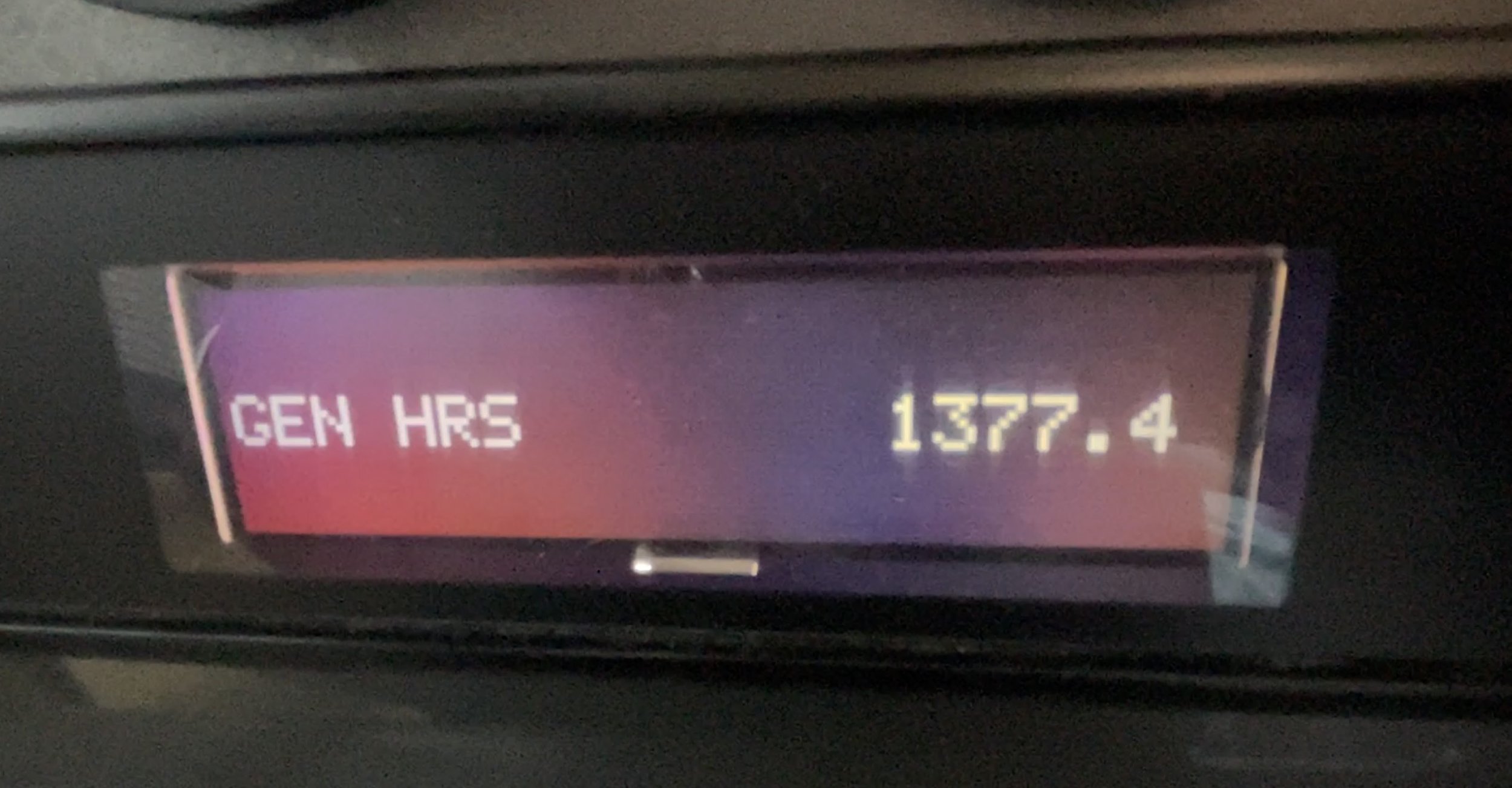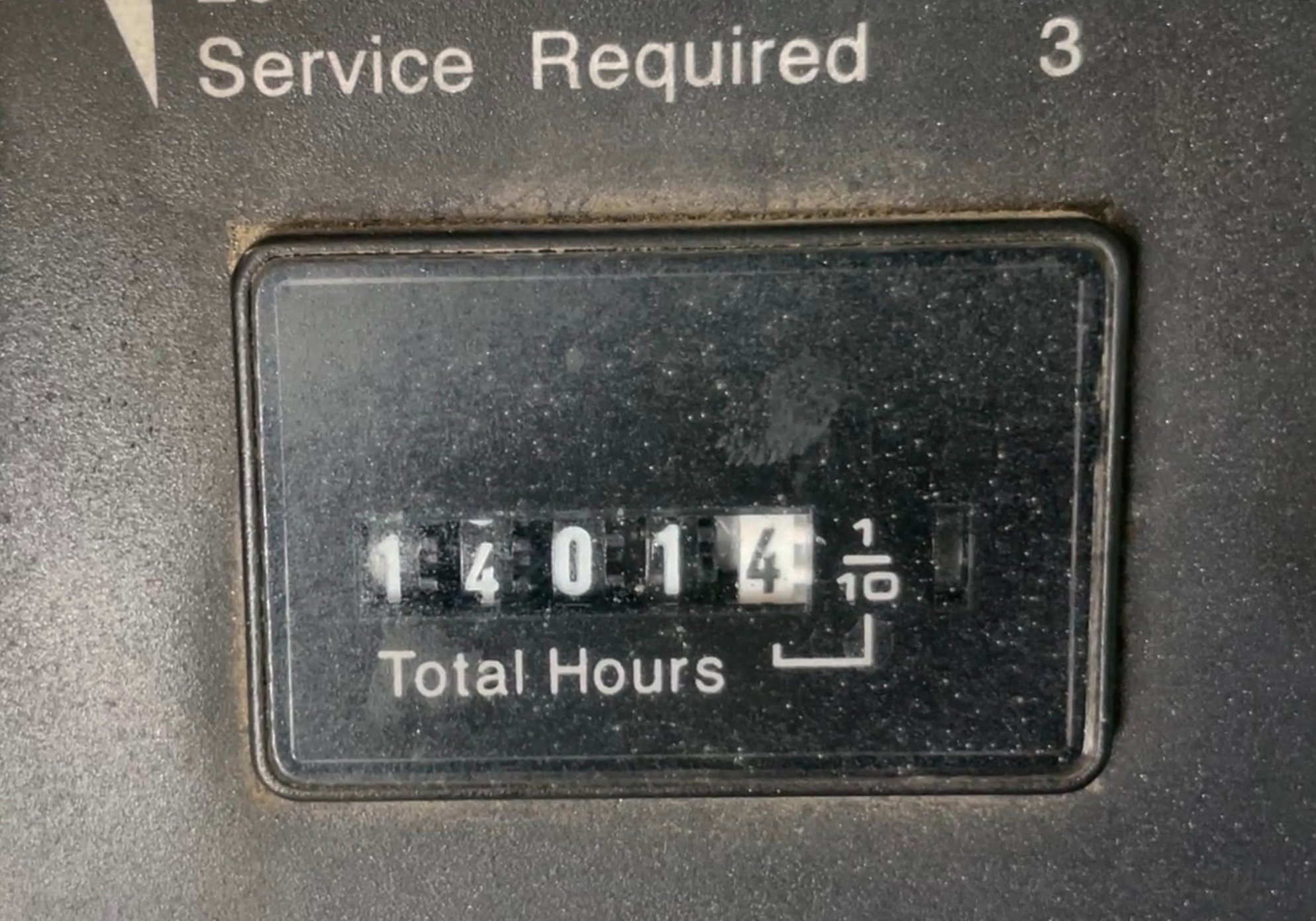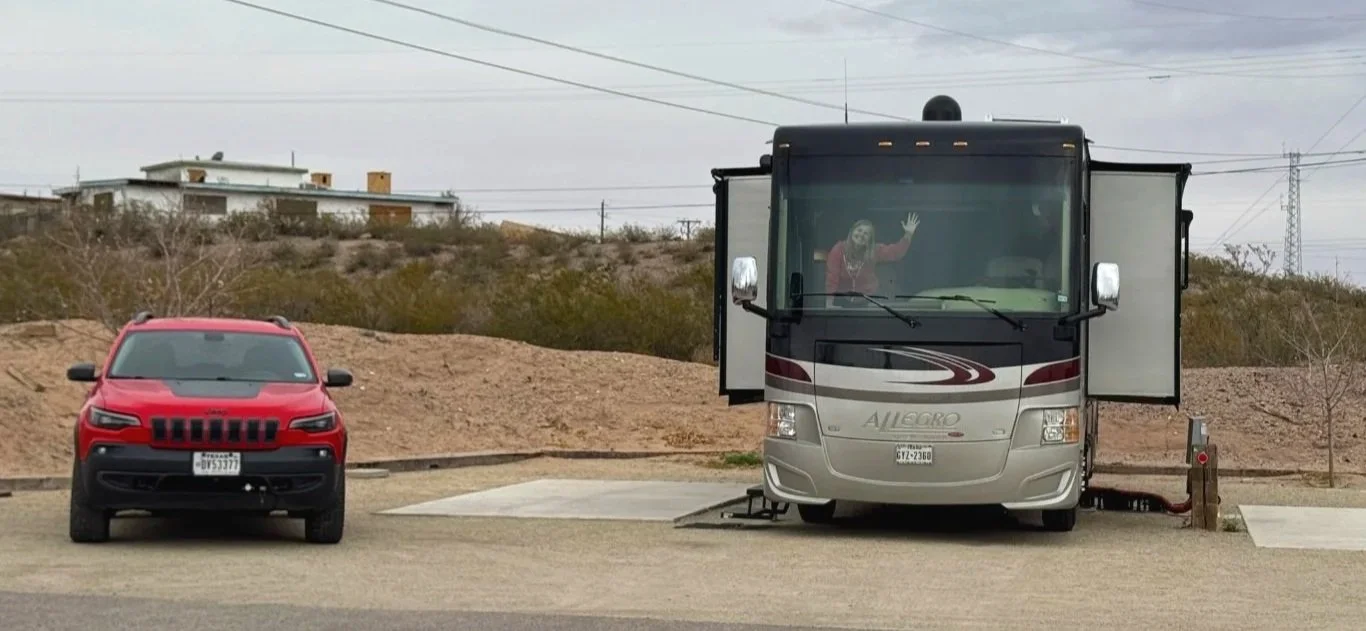The Right Way to Run Your RV Generator
Disclosure: The links below may be affiliate links that are at no additional cost to you. When you use our links, we may earn some extra beer money, but it won’t be enough for Phil’s ice cream habit or a batch of Stacy’s famous margaritas (recipe here).
RV Generators
Our generator is an essential piece of equipment for our full time RV life. A generator is a must for anyone who plans to dry camp or boondock. Yes, even with an excellent solar array, you may still need to use the generator on rainy, cloudy days. For the generator to take care of your power needs, you must take care of your generator.
READ THE MANUAL
We recommend everyone read their generator operator's manual. Yes, I know it's a very dull and dry read, but it's also very important. This is where you learn exactly what and when maintenance is required to keep the geni running at her best! Put your geni's required maintenance in a spreadsheet with all of your RV's necessary maintenance. If you don't have the manual for your generator, you can find it online. You can find Onan owners manuals HERE and warranties HERE.
You can download our maintenance spreadsheet for free HERE and add your RV's maintenance items. You can also use the RV Life Maintenance Tracker. It tracks your upcoming maintenance and sends reminders so you don't forget when something is due. If you are already a member of RV Life, it is a part of your membership. If you would like more information, click HERE.
RV GENERATOR QUESTIONS
We receive a lot of questions about RV generators from our community. The most common question is can I run my generator to power the air conditioner while driving my motorhome. The answer is absolutely! It is recommended as a way to exercise the generator.
Tips for better generator performance
Keep your generator clean by wiping with a clean cloth
Turn off appliances before starting the generator
Keep your maintenance up to date
Inspect the exhaust system and fuel lines for damage or leaks regularly
Make sure the exhaust pipe extends at least 1 inch past RV
Clean the air filter by tapping it on a flat surface (do not wash it or blow with an air hose)
Exercise monthly (not you, the generator)
Use or install a running hour meter so you know when maintenance is due
Use clean fuel (check your owner's manual for tips and recommendations)
Change your fuel filter regularly
Don't run the generator without a load for long periods
Don't run the generator without the door panel detached
Don't use a water hose or high-pressure sprayer to clean the generator
*The procedures below are for our Onan QD 8000. The exact procedure may vary slightly based on the brand or model, so please check your owner’s manual.
Starting Procedure
Before turning on the generator, turn off large power draws, including the air conditioner, microwave, fireplace, and more.
Generators can be powered on at the generator or the remote start panel inside of the RV.
Prime the generator’s fuel system by pressing and holding the stop button.
Press and hold the start button.
When you press the start button, the generator will go through internal checks before coming on.
On cold mornings it can take up to 30 seconds for the starter to engage.
For top performance, allow the generator to run for at least 2 minutes before turning on a large load.
stopping procedure
Turn off all large electrical loads.
Allow the generator to run for 2-5 minutes without a load.
Hit the stop button.
New Generators
If your generator is new, be sure to break it in. This will decrease oil consumption and improve power characteristics. Use the break-in procedure recommended in your generator's operating manual. Below is the procedure for our generator
Start generator.
Run at 50% load for 2 hours.
Increase the load to 75% for 2 hours.
Power off heavy load appliances.
Cooldown generator and allow to idle for 2-5 minutes (check your users manual).
Power off.
Exercise your generator
Exercising your generator is an essential part of generator maintenance and should be done at least once a month. Exercising your generator will eliminate moisture, remove old fuel, cycle fresh fuel into the generator, and remove oxides. Your generator will start better, run better, and have a longer life if you exercise it routinely.
Start generator.
Run at 50% load for at least 2 hours.
Power off heavy load appliances.
Cool down the generator by allowing it to idle for 2-5 minutes.
Power off
Don't overload your generator
Turning on more than your generator can power will cause the generator to trip. Be aware of invisible charging loads when calculating your power draw.
Common Invisible draws
Battery chargers
automatically power on when the generator turns on
draws up to 3000 watts
Adjust your charge rates if needed based on the size of your generator
Air Conditioners
During start up, A/Cs draw 3-4x the power needed to run
To much load on the generator when the A/C is turning on can prevent the A/C from starting
High Altitudes
Generators are rated at an altitude of 500 feet. Power decreases 3.5% for every 1000 feet above the rating. Knowing the amount of power loss will prevent you from overloading your generator. See the example below.
Operating an 8000-watt generator at 4,500 ft will mean a loss of 1,120 watts of power.
4,500 ft - 500 ft = 4,000 ft
4000 ft / 1000 = 4
3.5% X 4 = 14%
8000 watts x .14 = 1,120 watts
Prevent power surges
Generators can cause power surges, but you can do things to help prevent them.
Exercise your generator at least monthly
Maintain an adequate fuel supply
Follow your manufacturer's maintenance schedule
Do not use the generator if power surges are occurring. Power surges can damage your electrical devices and your RV electrical system. Take the generator in for service.
DON’T VOID YOUR WARRANTY
Your generator warranty may be voided if you add a Gen-Turi exhaust extension (or any other brand) to your exhaust pipe. Rallies may require them but they are not recommended by Cummins. They are not recommended for the following reasons.
Improper modifications to the exhaust may not meet current standards for safely handling exhaust gasses.
The added weight of the extension can stress, crack and break the exhaust system parts and cause gases to escape directly under the coach.
All connections must be gas-tight. Extension connections are not guaranteed to be gas-tight unless correctly assembled and tested.
There is a concern that exhaust will be sucked in by rooftop air conditioners, vents, and windows.
Metal extensions will get very hot, creating a possible burn hazard.
Adding an extension may increase backpressure on the engine reducing engine performance.
We hope get the most out of your RV generator as you travel the country!
Stay safe out there.
GET MORE RV TRAVEL IDEAS, TIPS, UPDATES, DISCOUNTS, PERKS, AND MORE!
Every Saturday, Phil & Stacy publish the You, Me & the RV Newsletter, where they share weekly articles about all things RV and travel. Each week they scour the internet for articles that will inspire and inform you. They also share discounts, sales, and freebies! So don’t miss out! Sign up for the newsletter below.
Recent blogs by you, me & rv
THANKS FOR STOPPING BY.
PHIL & STACY
YOU, ME & THE RV
Author: Stacy, You, Me & the RV, ALL RIGHTS RESERVED, 2022
















